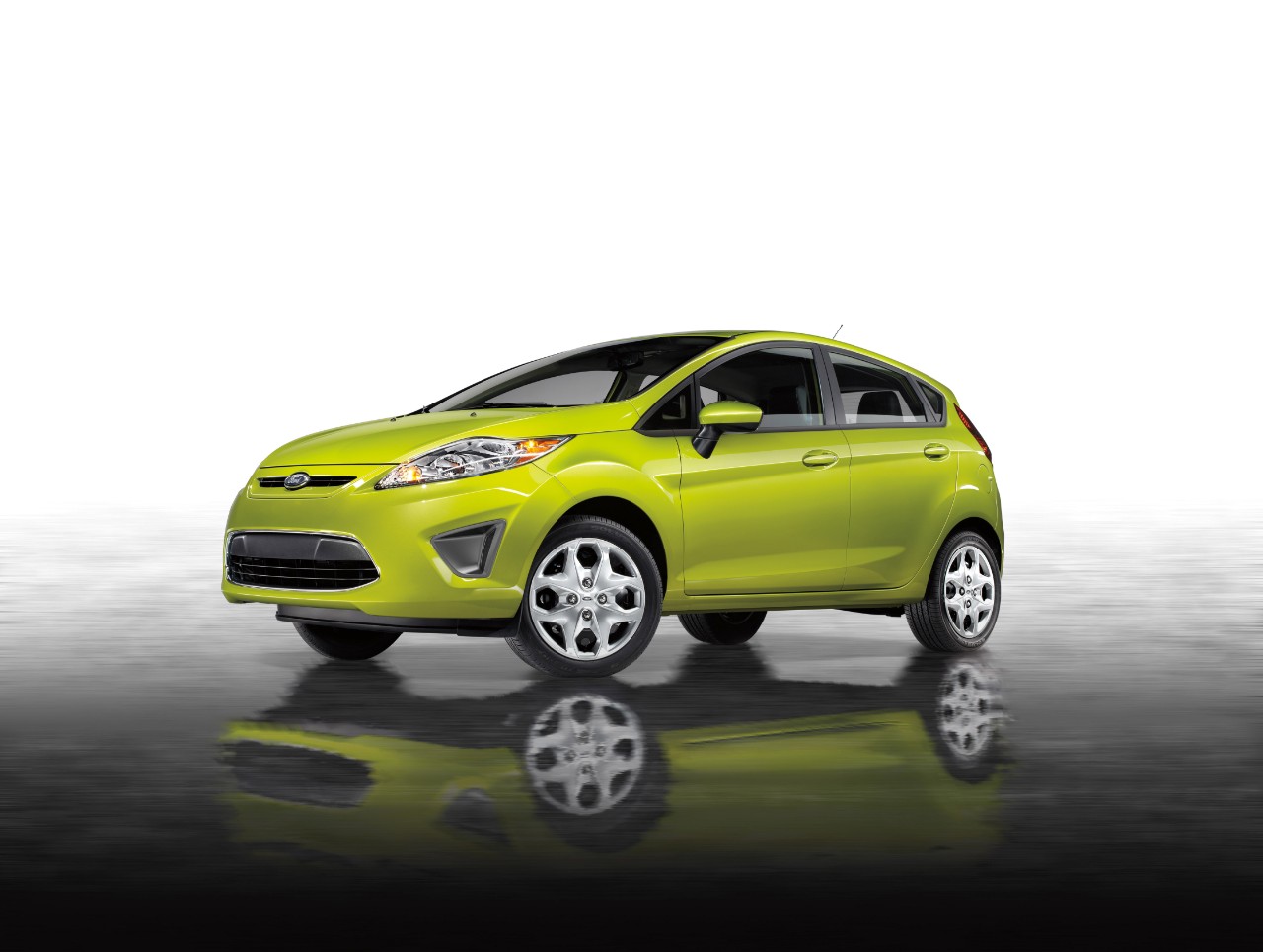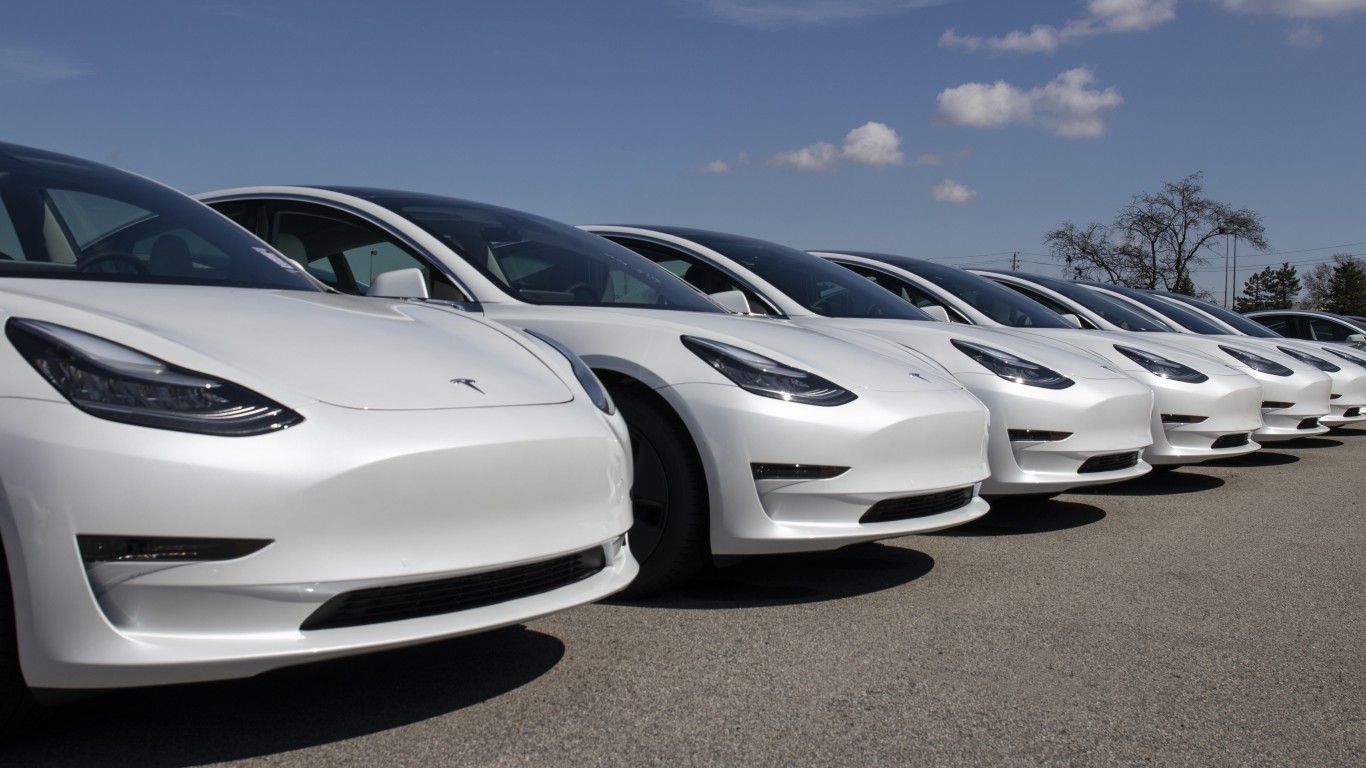Ford Motor Co. (NYSE: F) is the only large company that sells cars and light vehicles in the United States that had a decline in sales this month. According to Kelly Blue Book, the drop was 2.4% to 180,000, compared to the same month last year. In the process, Ford’s share of market fell from 16.2% to 14.5%.
Ford has no ready excuse for its performance. KBB claims sales of all new vehicles sold in the United States rose 9.1% to 1,240,000. Based on the performance of other large manufacturers, Ford’s problem is not isolated to competition with just one or two rivals.
September has been a good month for some of the industry’s largest players. General Motors Co.’s (NYSE: GM) sales rose 15.9% to 217,000. Ford’s other large rival, Toyota Motor Corp. (NYSE: TM), had a sales increase of 7% to 176,000. And white-hot Chrysler’s sales rose 17.5% to 168,000, as its market share in September hit 13.5%, compared to 12.6% last year.
ALSO READ: Why Is Ford Discounting the F-Series?
Ford’s press releases about monthly sales are often misleading because they only point to good news. The August headline was:
Ford Fusion, Escape Post Best August Sales Ever; Explorer Achieves Best August Performance Since 2004
A little less visible:
Ford Motor Company U.S. sales totaled 222,174 vehicles in August, up 0.4 percent from a year ago and the best August sales in eight years. Retail sales of 178,800 vehicles increased 2 percent, while fleet sales of 43,374 vehicles declined 6 percent.
Up 0.4%, that is all.
Ford’s largest problem is that while sales of some of its most successful models have improved during the first eight months of the year — Fusion, Escape and Explorer — they have only risen by single digits. Sales of other key models — Taurus, C-Max and Edge — have fallen by double digits. Sales of the Ford’s flagship F-Series pickup were down 0.4% to 497,174. By contrast, Chrysler’s full-sized pickup, the Dodge Ram, has done extremely well.
Although its sales are so small that they barely make a difference, Lincoln remains a tiny part of the luxury market.
Ford will need to have one or two more models that sell in the tens of thousands per year and that can post double-digit sales growth to turn itself around. Those models are evidently not available.
ALSO READ: States Where You Can’t Buy a Tesla
Thank you for reading! Have some feedback for us?
Contact the 24/7 Wall St. editorial team.



